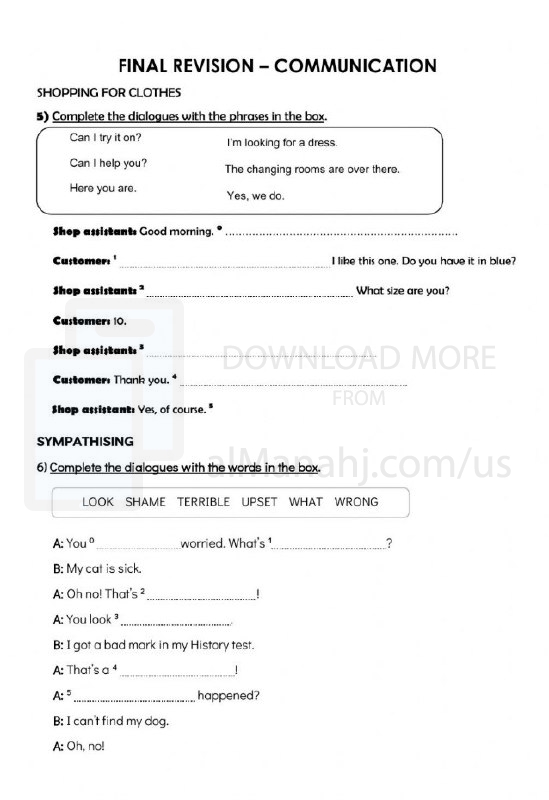| You are here: Almanahj Website ⇒ American curriculum ⇒ 7th Grade ⇒ Information and comm ⇒ Term 1 | ||
|---|---|---|
Worksheet about Final Revision Communication ٢ | ||
|---|---|---|
| Subject: Information and comm | ||
| 7th Grade | ||
| Term 1 | ||
| Year: 2023/2024 | ||
| Size: 281.7KB | ||
| Number of clicks: 115 | ||
| Publish date:November 18, 2023 | ||
| Added by: Eman | ||
| Last download date: 2024-09-02 05:18:34 | ||
| Updated by: Eman9966 on 2023-11-19 04:27:52 | By: theodor Erika Pamela Maciel | |
| File info: The invention of communication is a long and complex process that has revolutionized human interaction and shaped our societies. From early forms of gestural and vocal communication to the sophisticated digital technologies of today, communication has evolved to meet the needs of a changing world. Early Forms of Communication The earliest forms of communication likely involved gestures, vocalizations, and body language. These forms of communication allowed humans to share basic information and emotions, and they played a crucial role in the development of human societies. Development of Writing Systems The invention of writing systems marked a significant advancement in communication. Writing systems allowed for the storage and transmission of information over time and space, enabling the preservation of knowledge and the development of more complex forms of communication. Rise of Spoken Languages With the increasing complexity of human societies, spoken languages emerged, allowing for more nuanced and abstract communication. Languages evolved over time, reflecting cultural differences and historical developments. Technological Advancements in Communication The invention of the printing press in the 15th century revolutionized communication, enabling the mass production of books and written materials. This led to a wider dissemination of knowledge and ideas, fostering intellectual and cultural growth. Telegraph and Telephone The telegraph, invented in the 19th century, enabled rapid communication over long distances. The telephone, invented by Alexander Graham Bell in 1876, further revolutionized communication, allowing for real-time voice communication over long distances. Radio and Television The development of radio and television in the 20th century further expanded the reach and impact of communication. These technologies enabled mass broadcasting of news, entertainment, and educational content, shaping public opinion and cultural trends. The Rise of Digital Communication The advent of the internet in the late 20th century transformed communication once again. The internet provides a global platform for information sharing, enabling instant messaging, email, social media, and online collaboration. Mobile Communication The widespread adoption of mobile phones has made communication even more accessible and ubiquitous. Mobile devices allow for voice calls, text messages, and internet access, enabling seamless communication from anywhere in the world. The Future of Communication As technology advances, the future of communication holds exciting possibilities. Artificial intelligence, virtual reality, and other emerging technologies are poised to further transform the way we communicate, enabling even more immersive, personalized, and interconnected forms of interaction. Conclusion Communication has played a pivotal role in human history, shaping our societies, cultures, and understanding of the world. From early forms of gestural and vocal communication to the sophisticated digital technologies of today, communication has evolved to meet the needs of a changing world. As we continue to innovate and explore new communication technologies, we can anticipate even more groundbreaking advancements that will redefine the way we connect and share our experiences. | ||
| Downloading link Worksheet about Final Revision Communication ٢ |
|---|
|
1700326598.pdf
The file is being prepared for download
|
| File images |
|---|
 |